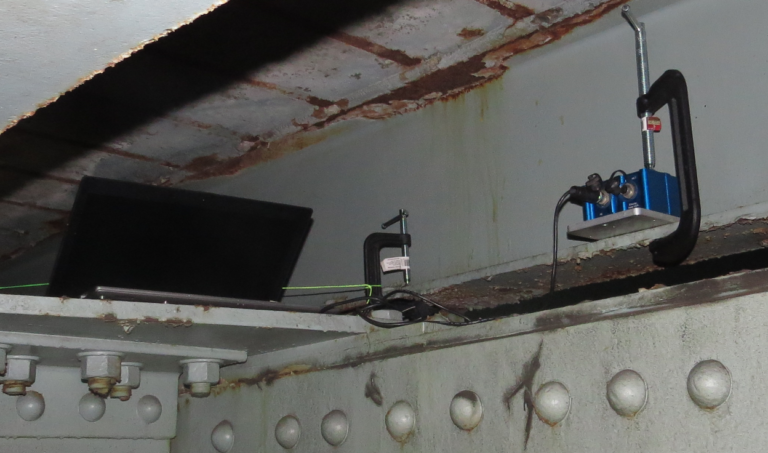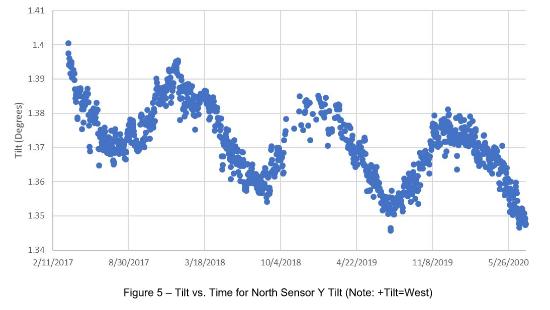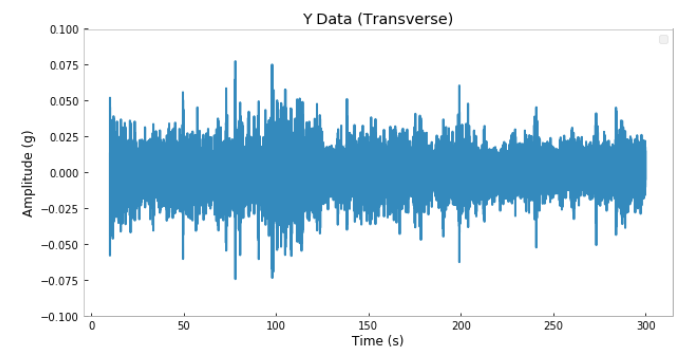
Structural Health Monitoring Systems
Properly applied Structural Health Monitoring (SHM) systems can provide agencies with insightful and predictive data that increases public safety, reduces life cycle costs and creates efficiencies during construction.
Introduction
Big data, cheaper sensors and increases in computing power have given transportation agencies new capabilities in the field of bridge management and inspection. Properly applied Structural Health Monitoring (SHM) systems can provide agencies with insightful and predictive data that increases public safety, reduces life cycle costs and creates efficiencies during construction. By collecting and analyzing actionable data on tilt, acceleration, strain and temperature, state and regional transportation agencies can make cost-saving decisions regarding maintenance, targeted inspection and bridge operations.
Because of this, SHM systems are rapidly becoming a necessary and vital part of any bridge management program. A variety of innovative technologies such as computer vision, machine learning and digital image correlation, which measure 3D strains, supplement conventional SHM and enable engineers to identify trends long before an issue would become visually apparent. Along the way, these systems can answer some particularly important questions about the behavior of a structure over time and under a variety of conditions. That, in turn, leads to better informed designs of future bridge systems.
SHM can take many forms, from a short-term investigation of structural dynamics as shown in Figure 1 to a long-term system that tracks a structure’s health for years. Regardless of complexity or duration, the technology is becoming increasingly commonplace across the industry.

Figure 1 – Short term monitoring to observe structural dynamics

Figure 2 – Long-term tilt data

Figure 3 – High-resolution acceleration data
Value of SHM
- Highly precise data can allow engineers to spot trends before they are apparent by visual inspection. Long-term monitoring systems are especially suited for determining a change in structural position or response. When a system is paired with an email threshold alert system, a notification of changes in expected behavior can be provided within minutes which allows a proactive response by the owner.
- Targeted SHM can prove a useful tool by providing insight into the behavior of the structure over time and under thermal, dynamic and live loading. An annual thermal trend and long-term shift in tilt baseline can be seen in Figure 2. SHM can also augment a program of inspection, testing and finite element analysis.
- SHM, when applied correctly, can provide crucial data during extreme events on displacements, accelerations and tilt as well as a trove of baseline data which allows engineers to determine if the structure has an altered position or response. A high-resolution acceleration trace can be seen in Figure 3.
- Historically, the first bridge components to reach the end of their service life are those that move, such as joints and bearings. Monitoring the behavior of these components can allow maintenance forces to identify changes in expected behavior and provide cleaning, rehab or replacement well before a biennial inspection would identify an issue.
- Having accurate and real-time information can be invaluable to owners, especially those who operate long span structures. An understanding of the pavement temperature and wind speeds at the structure level can allow safety decisions to be made in a timely and prudent manner.
Conclusion
The proliferation of big data, ubiquitous sensors and incredible gains in computing power have made SHM a pragmatic and indispensable tool for owners with deteriorating infrastructure. It is not uncommon for such systems to be a contractual requirement during the rehabilitation or replacement of complex structures.
With a best in industry bridge design practice and a wide breadth of experience in SHM, HNTB is well positioned to assist clients with implementing or refocusing efforts in bridge monitoring. This includes advising on large-scale systems, interpreting data during construction and providing context on trends observed. Well versed in conventional SHM and familiar with upcoming technology, HNTB spans between the academic world and the boots on the ground maintaining infrastructure. It can help transportation agencies determine which new techniques are deployment ready and which are best left in the lab. A focused SHM system is another tool in the toolbox for a transportation agency to prioritize safety, reduce life cycle costs and increase situation awareness.
For further information contact [email protected]
